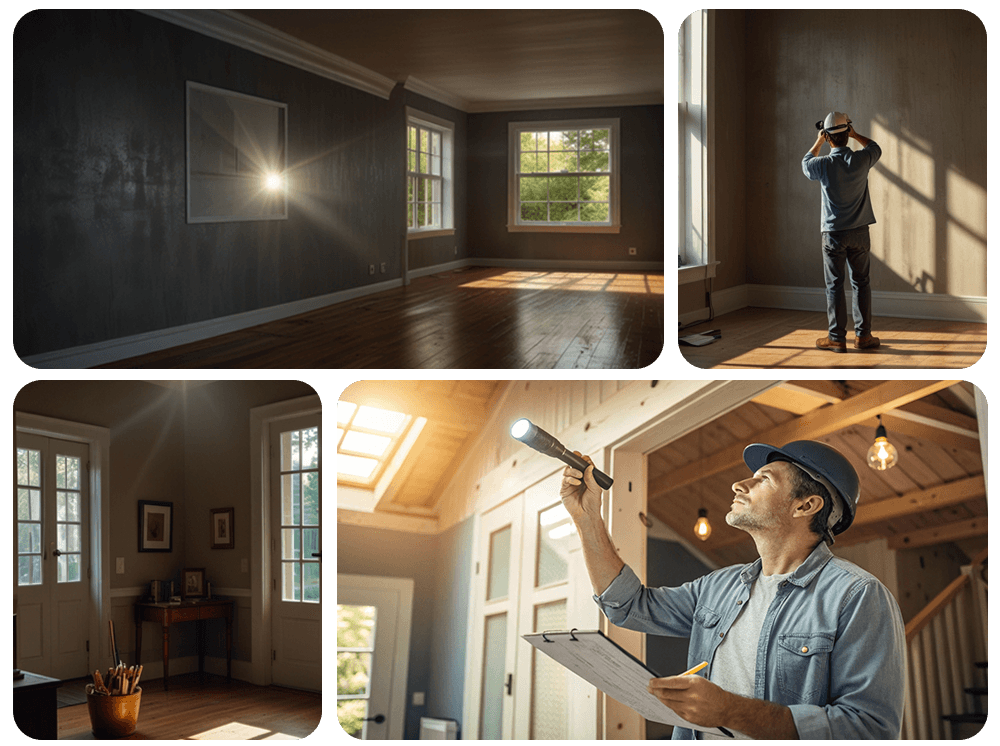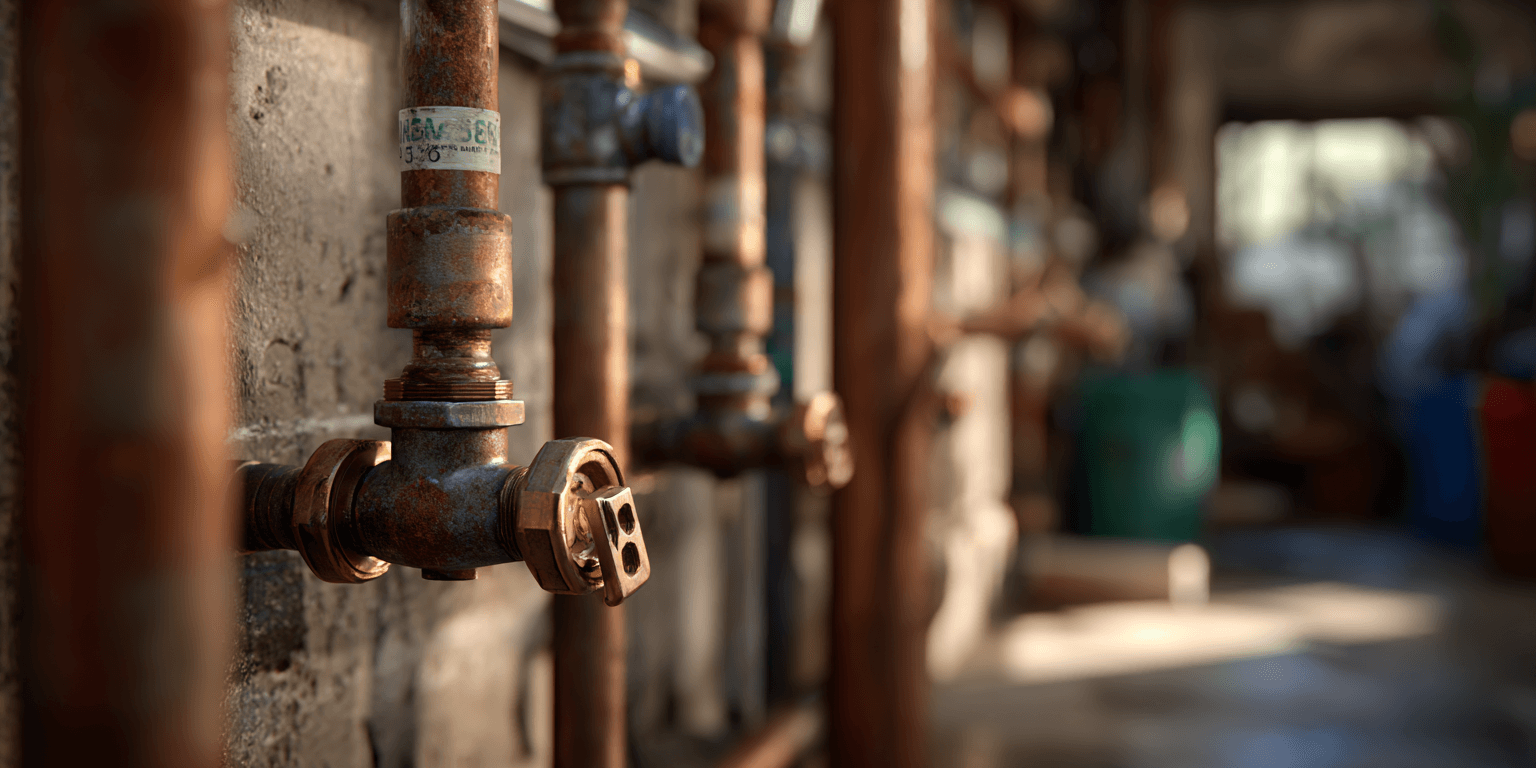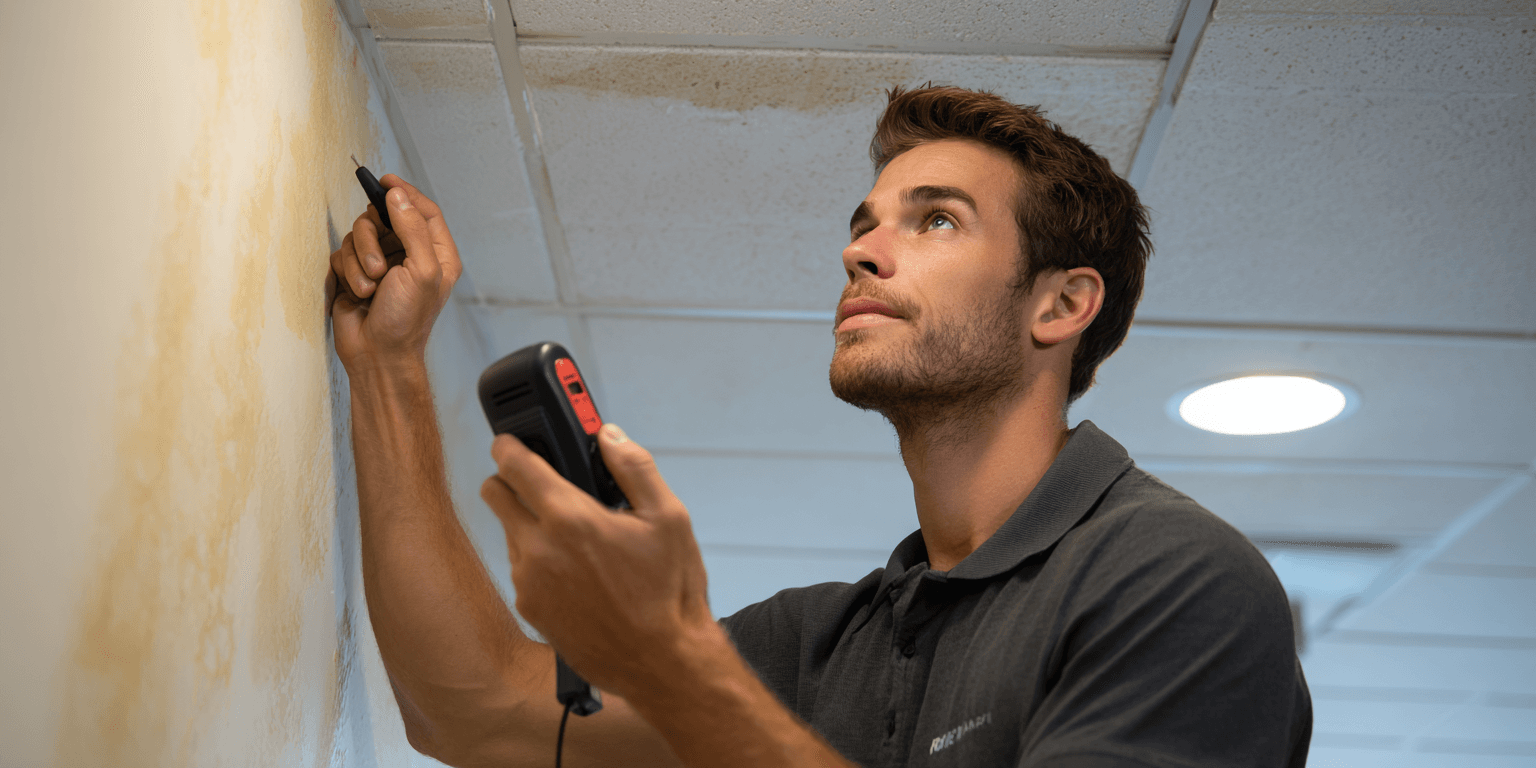Owning or managing an older commercial building comes with its own set of headaches. One of the biggest problems tends to stay hidden: aging plumbing systems. Most of these pipes and valves are buried behind walls or under floors, so it’s easy for problems to build up without anyone noticing. Over time, even the best systems start to fail. By the time a leak shows up, the damage is already done.
As the years pass, pipes corrode, joints loosen, and older materials break down. Add in outdated plumbing codes and the risk of non-compliance grows too. What looks fine on the outside could be quietly eroding the value of your building from the inside.
Routine inspections are the best way to stay ahead of it. Today’s tools can catch small problems before they become expensive ones. Regular checkups help you avoid major disruptions and keep your building safe and reliable.

Plumbing systems in commercial buildings built 30 or more years ago just weren’t designed for the demands of modern use. These systems are now running beyond their expected lifespan. Pipes get weaker, valves wear out, and water pressure changes can push old materials past their breaking point.
Renovations can create even more risk. Contractors may upgrade visible parts of the building but leave original plumbing untouched. Or they might connect new fixtures to aging pipes using mismatched materials. Over time, this patchwork approach increases the chance of hidden leaks or corrosion.
There’s also the issue of deferred maintenance. Budget cuts or tight schedules mean plumbing problems often get addressed only after something goes seriously wrong. Skipping routine checks can lead to water damage, mold, and expensive emergency repairs.
Worst case? Your business operations shut down. A leak in the wrong place can stall production, displace tenants, or damage your reputation. It’s not just about fixing pipes—it’s about avoiding disruption.
Hidden plumbing issues often do the most damage. Leaks can slowly rot subfloors, grow mold, or compromise the building’s structure before any signs show up. You won’t always get a warning.
Older metal pipes are especially prone to corrosion. Galvanized steel and iron were common decades ago, but they break down from the inside. Rust and mineral deposits build up until pressure drops, water turns brown, or a pipe gives out.
Some buildings still rely on lead or polybutylene piping, which are known to fail. Quick fixes from years past—especially ones done without proper licensing—can start falling apart under modern demand.
This is where a professional inspection makes all the difference. Specialized tools like pipe cameras, moisture meters, and thermal imaging can catch problems that aren’t visible. Getting ahead of these issues saves time, money, and stress.

Here are a few of the most common hidden plumbing problems in older commercial buildings:
Modern inspections don’t require tearing into walls. A few hours with the right gear can find trouble before it snowballs into a crisis.

Not every problem is easy to see, but here are some red flags that usually point to hidden plumbing issues:
If your building is older and you’re seeing any of these signs, don’t wait. You might be looking at more than a minor repair.
Plumbing inspections today use smart tools that can spot hidden issues without cutting into walls. Here’s how the process typically works:
These tools, paired with a skilled inspector’s eye, help you understand exactly what’s going wrong and what to fix first. You’ll get a report with photos, videos, and clear next steps—useful for budgeting, insurance claims, and future planning.
Here’s how to keep plumbing problems from catching you off guard:
Partner with a local pro who knows the common problems in your area’s older buildings. When you’ve got someone you trust, it’s easier to stay ahead of costly repairs.
Aging plumbing isn’t something to ignore. The longer it goes unchecked, the more risk you take on—from water damage and mold to shutdowns and compliance issues. Regular inspections are the simplest way to stay in control.
If your building is more than 20 years old, or you’ve noticed signs like water stains, musty smells, or unexplained high water bills, now’s the time to act. Call to schedule a plumbing inspection with a professional who can help you avoid surprises and protect your investment.